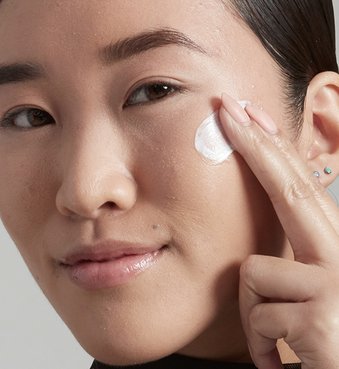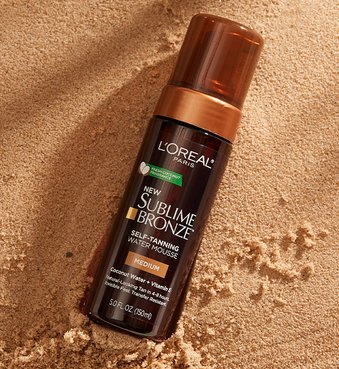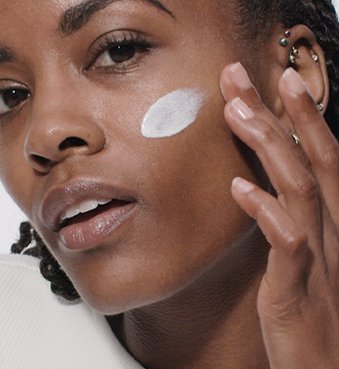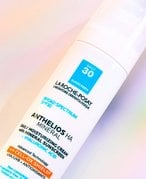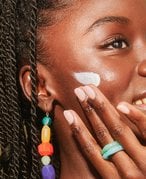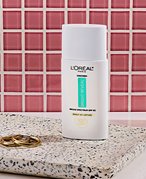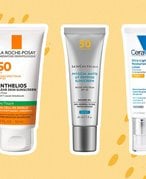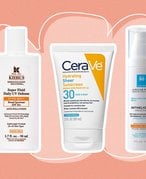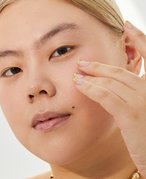Sun Care
The best sunscreen is the one you wear every day—rain or shine! Discover our favorite broad-spectrum SPF-packed sunscreens from the L'Oréal portfolio of brands, here!Latest Articles
Recommended Articles
-
![Our Editors’ Favorite Face Sunscreens of All Time]() Sun CareOur Top Sunscreens of All Time4/3/2024
Sun CareOur Top Sunscreens of All Time4/3/2024 -
![Black model smiling and applying sunscreen to their cheek]() Sun CareQuiz: Which Sunscreen Is Right for Me?10/18/2023
Sun CareQuiz: Which Sunscreen Is Right for Me?10/18/2023 -
![loreal paris bright reveal sunscreen photographed in front of a pink tile background]() Sun CareNeed a New SPF? This L’Oréal Paris Sunscreen Is Lightweight, Fast-A...8/28/2023
Sun CareNeed a New SPF? This L’Oréal Paris Sunscreen Is Lightweight, Fast-A...8/28/2023 -
![Image of the La Roche-Posay Anthelios Clear Skin Oil-Free Sunscreen SPF 60, SkinCeuticals Physical Matte UV Defense SPF 50 and the CeraVe Ultra-Light Moisturizing Lotion SPF 30 on a graphic yellow background]() Sun CareMatte Sunscreens That Will Keep Your Skin Protected8/22/2023
Sun CareMatte Sunscreens That Will Keep Your Skin Protected8/22/2023 -
![Picture of the Kiehl’s Super Fluid Daily UV Defense SPF 50+, CeraVe Hydrating Sheer Sunscreen Broad Spectrum SPF 30 and La Roche-Posay Anthelios 100% Mineral Sunscreen Moisturizer with Hyaluronic Acid on a graphic orange background with an abstract flower]() All Skin ConcernsNon-Comedogenic Sunscreens for Clear, Protected, Grease-Free Skin8/9/2023
All Skin ConcernsNon-Comedogenic Sunscreens for Clear, Protected, Grease-Free Skin8/9/2023 -
![Close-up picture of a model looking at the camera and touching their cheek]() Sun CareHow to Apply Sunscreen Around Your Eyes, Minus the Irritation8/7/2023
Sun CareHow to Apply Sunscreen Around Your Eyes, Minus the Irritation8/7/2023




























